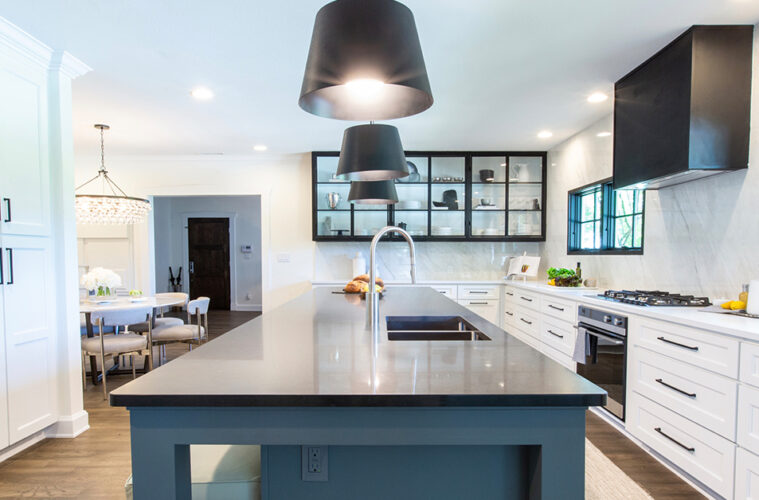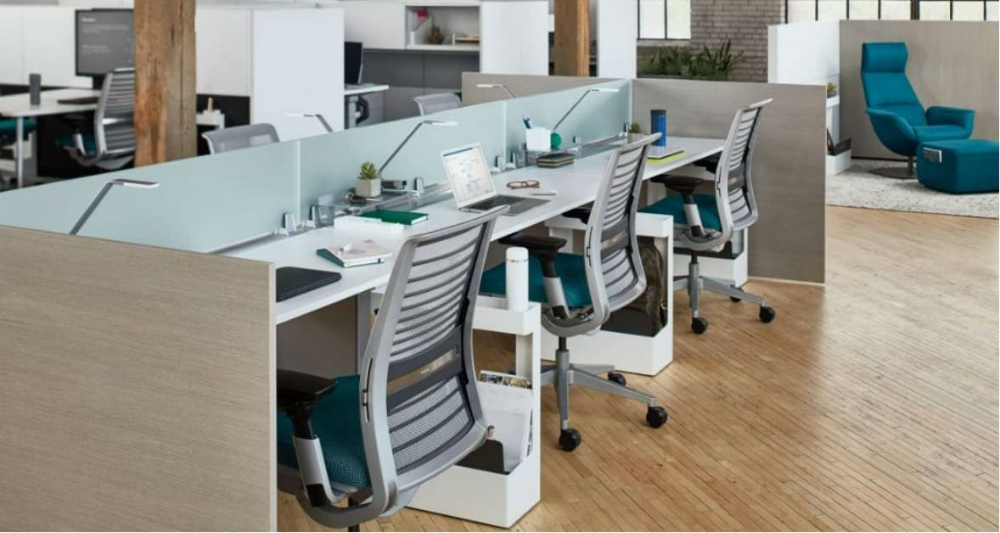Kitchen cabinets aren’t just for storing utensils and other cooking supplies anymore, they serve as an integral design element in the kitchen.
Choosing the right cabinet style is vital as it significantly impacts your kitchen’s aesthetic appeal, functionality, and overall home value. Thoughtfully chosen kitchen cabinet styles can harmonize with your home’s architectural style, optimize storage efficiency, and transform the kitchen into a dynamic space that caters to both culinary needs and social gatherings.
With all the choices available, it can be difficult to choose which kitchen cabinet style is right for you. The first and most important thing you need to consider is your storage needs. This is vital in ensuring that you maintain a tidy and clutter-free cooking space.
Next is to determine the overall style you want for your kitchen. Your cabinet should blend well with your kitchen’s design to create a cohesive look.
Additionally, setting a realistic budget for your kitchen cabinet project can help you narrow down your options to what’s financially feasible without compromising on quality.
Finally, don’t underestimate the value of professional advice. Kitchen experts can offer tailored suggestions that align with your personal preferences, space constraints, and budget, ensuring you make an informed choice that you’ll be satisfied with for years to come.
Here are the different types of kitchen cabinets to consider when redesigning your kitchen
Traditional Cabinets
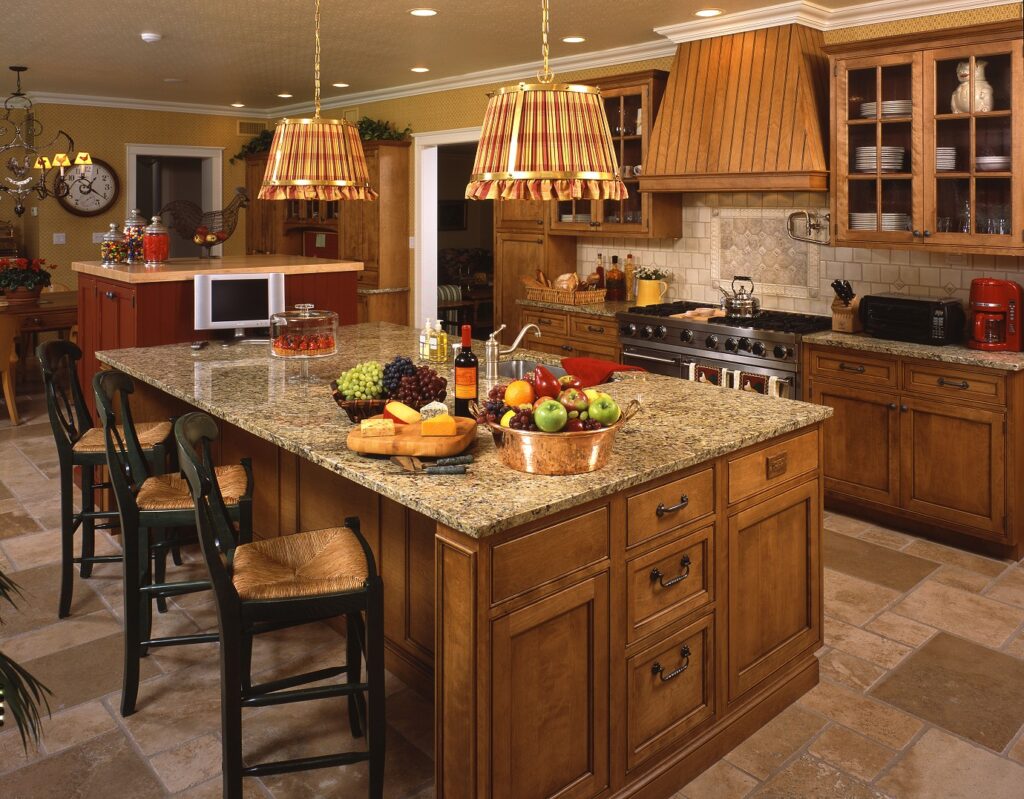
source: Pinterest.com
Traditional cabinets feature classic design elements such as raised-panel doors, face-frame boxes, and ornate mouldings, which have roots in early 20th-century cabinetry. Traditional cabinets are usually crafted from materials like quarter-sawn oak, which results in a deep, expressive finish that was popular in most turn-of-the-20th-century houses.
To achieve its antique look, cabinet makers use techniques such as glazing, distressing, and lacquering to create a time-worn appearance. The choice of hardware further accentuates this style, with intricate designs in brass, iron, and bronze that feature elaborate detailing. These finishing touches are crucial in crafting the timeless charm of traditional cabinets.
Due to the fact that these cabinets are mainly composed of wood, they look “heavier” and bulkier compared to contemporary cabinets. Additionally, its aged appearance and rustic appeal create a more homey and cozy feel to your kitchen.
Modern Cabinets
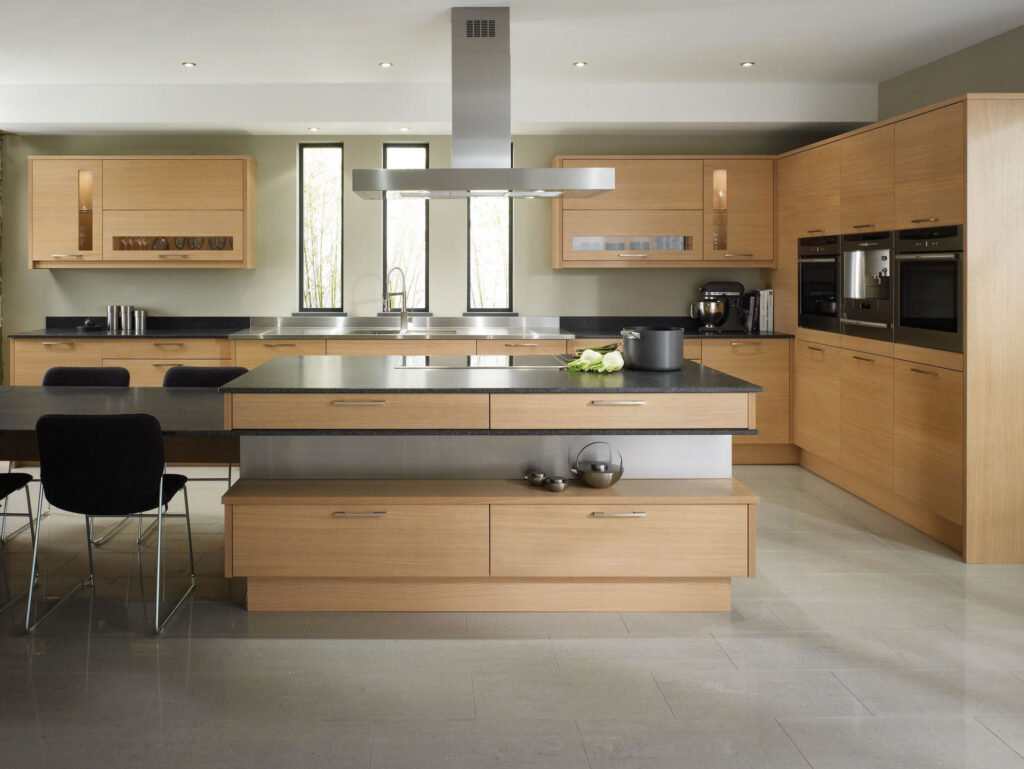
source: godfatherstyle.com
Modern kitchen cabinets are characterized by their sleek, angular design, which emerged around World War I, emphasizing flat surfaces, geometric forms, and minimal ornamentation. This style aligns with mid-century modern furniture trends, featuring bold angles and curves.
Additionally, modern kitchen cabinets are more cost-effective, utilizing synthetic materials like metal, plastic, or engineered wood.
The frameless cabinet style of modern kitchens is inspired by Bauhaus principles, which focus on simplicity and function. Due to the absence of a traditional frame, cleanliness, and uncluttered look, modern cabinets have rapidly grown in popularity. This is mainly due to the fact that it’s easy to incorporate in most modern kitchens and is relatively simple to maintain and clean.
Transitional Cabinets
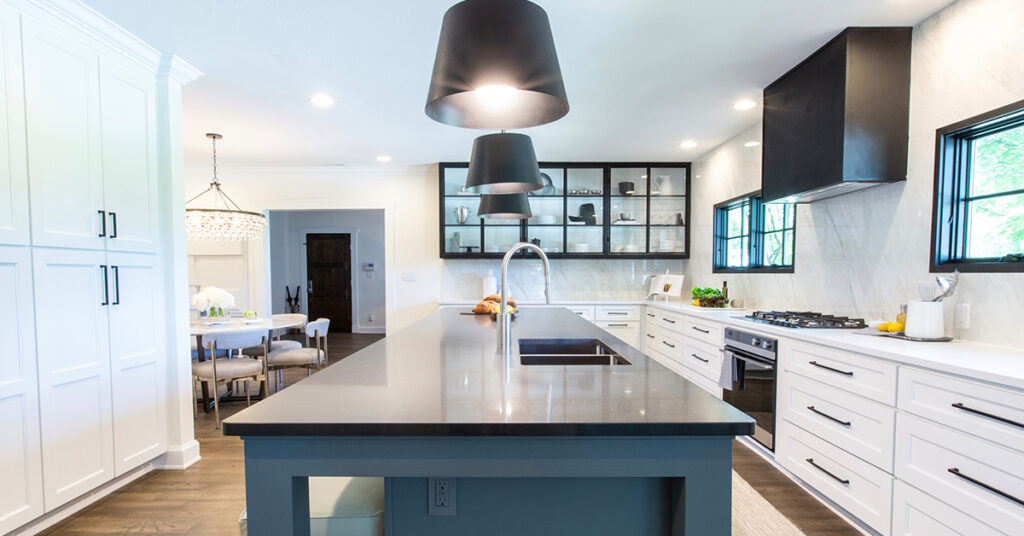
source: rtacabinetstore.com
For homeowners who are looking for a blend of both traditional and contemporary styles, a transitional kitchen cabinet may be the best option. Transitional kitchen cabinets are known for their seamless integration of sleek, modern lines with the warm, inviting feel of classic designs.
They often feature simple yet sophisticated door styles, such as Shaker, which can effortlessly complement both contemporary and traditional decor.
Additionally, transitional cabinets tend to have neutral colour palettes and utilize high-quality materials and finishes that can adapt to a variety of hardware, from minimalist pulls to more decorative knobs, giving homeowners the freedom to customize their kitchen’s look and feel to perfectly match their personal style and functional needs.
This approach makes transitional kitchens incredibly versatile and enduring, appealing to a wide range of tastes by striking the perfect balance between the new and the old.

